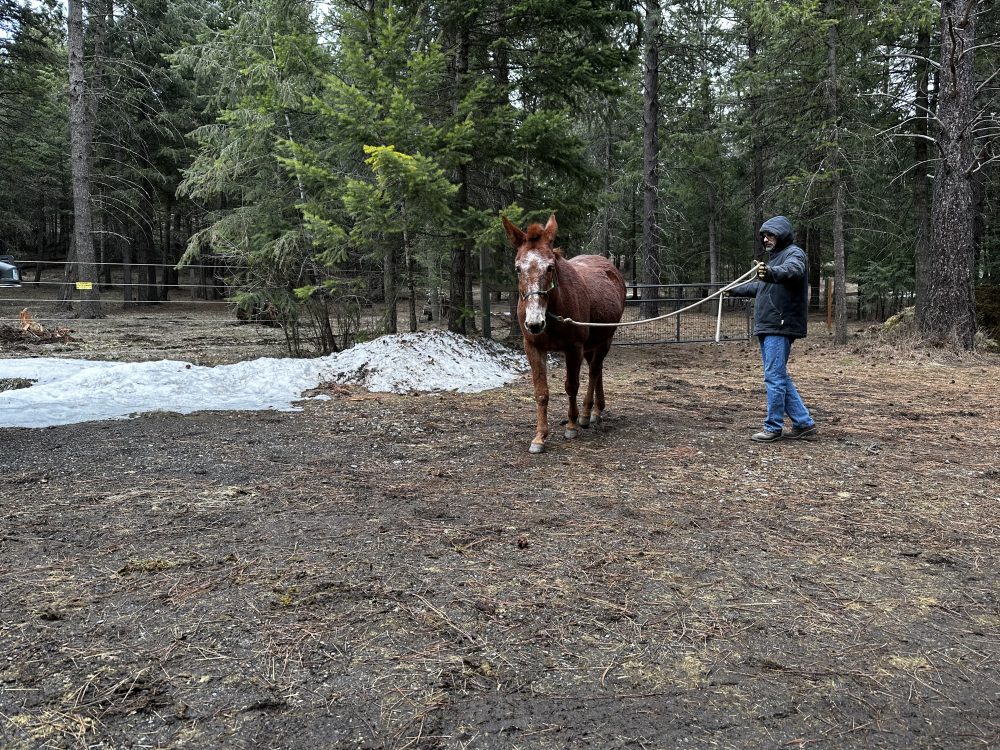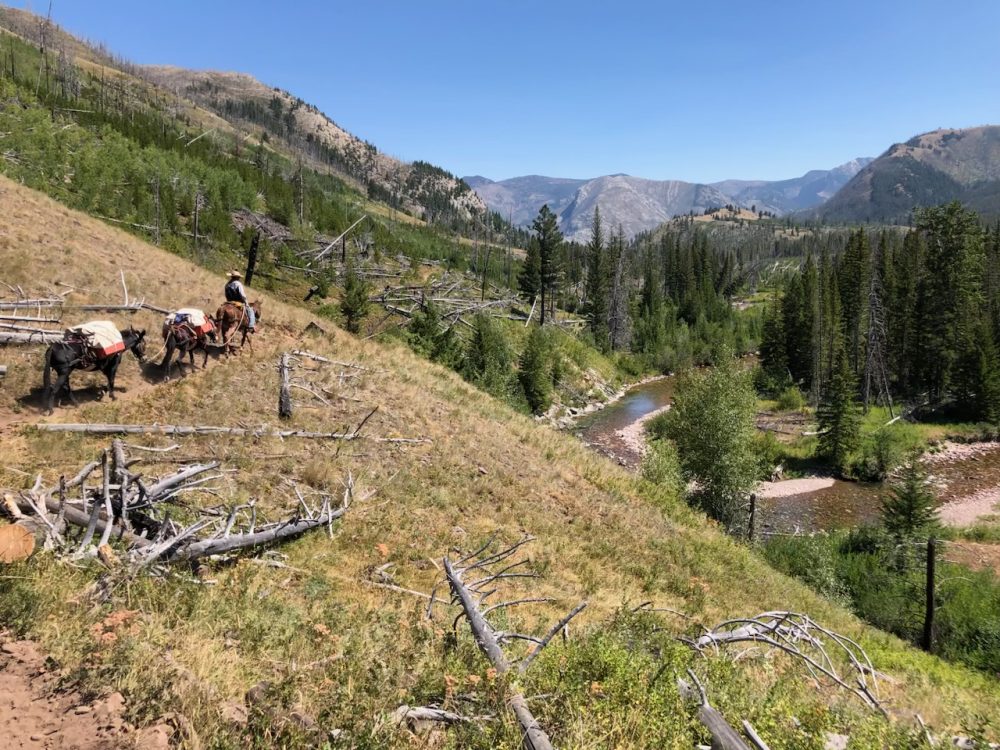“There are three ways to ultimate success: The first way is to be kind. The second way is to be kind. The third way is to be kind.” — Mr. Rogers.
The Three Paths to Success in Training Equines of All Sorts: Be Kind, Be Kind, Be Kind
I was and am a big fan of Mr. Rogers, a man who valued kindness and empathy over toxic power and misguided strength. When training horses, especially mules, kindness isn’t just a nicety; it’s the foundation for effective communication and the trusting partnerships we all aspire to. As Mr. Rogers said, “There are three ways to ultimate success: The first way is to be kind. The second way is to be kind. The third way is to be kind.” His philosophy rings true in the barn, the arena, and on the trail, where patience and empathy yield far better and longer-lasting results than force and frustration.
To explore how kindness translates into horse and mule training, we’ll break it into three dimensions: the horse’s perspective, building trust through consistency, and mutual respect.

The First Way: Understanding the Horse’s Perspective
Equines are prey animals, hardwired for survival. Their base instincts prioritize flight over fight, and their behavior is shaped by their need to feel safe. Recognizing this is the first act of kindness we can offer. When I say trainers, I’m referring to you and me, not just someone with a big belt buckle, a funky hat, and a DVD for sale. You’re a trainer every time you interact with your critter—whether feeding, grooming, riding, or packing. That training can be good, or it can be otherwise. I aim for “good” during every session.
When a horse balks or resists, it isn’t being “stubborn” or “difficult”—those are human constructs. Instead, the horse is communicating fear, confusion, or discomfort. Rather than reacting with frustration, the kind trainer asks, “What is the horse trying to tell me?” Maybe the saddle doesn’t fit properly, or the horse is uncertain about an unfamiliar task. Listening to the horse with empathy is key.
Kindness also means adapting to each horse’s learning style. Some learn quickly, while others need repeated exposure. Just as we wouldn’t criticize a child for struggling with a math problem, we shouldn’t rush or chastise a horse for learning at its own pace. A kind trainer celebrates small victories, understanding that progress often comes in inches, not miles.
For example, when introducing my mule Cocoa to packing, I didn’t expect her to master it overnight. The clinking of panniers and the shifting weight of a load were entirely new sensations for her. By breaking the process into small, manageable steps and rewarding her with encouragement at every milestone, I let her gain confidence at her own speed. Kindness was my compass, and it has guided us to success.

The Second Way: Be Kind by Building Trust Through Consistency
Equines thrive on routine and predictability. In the wild, survival depends on recognizing patterns—where to find water, which routes are safe, and when predators are most active. In a domestic setting, they look to us for similar consistency.
Kindness in training means being a steady, reliable leader. This doesn’t imply dominance; it means being a source of comfort and stability. A mule that knows what to expect from its trainer feels secure enough to take risks and try new things with minimal resistance.
Consistency extends to how we give cues and enforce boundaries. If you ask your horse to back up, the request should be clear and the expectation consistent. Mixed messages—like allowing a behavior one day and discouraging it the next—create confusion and undermine trust. A kind trainer clearly communicates their intentions, ensuring the horse understands what is being asked of it.
This trust-building process also involves forgiveness. Horses, like humans, make mistakes. Maybe your horse steps out of line during groundwork or resists loading into a trailer. Rather than reacting with anger, a kind trainer views these moments as teaching opportunities. Responding with patience and calmness reinforces the bond between horse and handler. As Ty Evans, a respected mule trainer and my mentor, often says, “Thank you for the opportunity.” These moments of challenge are good training opportunities.
When I teach clinics on horse camping, I emphasize the importance of consistency. Horses are more likely to follow your lead on the trail – crossing streams and navigating obstacles – if they’ve learned to trust your cues in calmer environments. Kindness practiced at home pays dividends in the backcountry.

The Third Way: Be Kind by Fostering Mutual Respect
Kindness is often mistaken for leniency, but true kindness includes setting boundaries. Horses are large, powerful animals, and safety requires mutual respect. Teaching a horse to respect your space or respond promptly to cues is not unkind—it’s essential for their safety and yours.
However, respect should never be demanded through intimidation. A kind trainer earns respect through fairness and consistency. When correcting unwanted behavior, the goal is not to punish but to guide the horse toward the desired response. I aim to make the correct response an easy one.
Mutual respect is the result of understanding and trust. It’s when your horse willingly partners with you, not out of fear or coercion, but because it feels safe. This is the ultimate reward of kind training.
Kindness as a Way of Life
Kindness in horse training isn’t a one-time act; it’s a mindset and a way of life. It’s in the soft tone of your voice when a horse is anxious, the patient repetition of a lesson until it clicks, and the genuine praise when they get it right. It’s recognizing that horses are not tools or machines but sentient beings deserving of dignity and respect.
Mr. Rogers’s words remind us that kindness is always the right choice. By being kind, being kind, and being kind again, we create a foundation for partnerships with our horses—and mules—that are built on trust, respect, and understanding. And in doing so, we not only train better horses but become better humans.
For more of my thoughts on trail riding and camping with horses, pick up a copy of my best-selling book, The ABCs for Trail Riding and Horse Camping, on Amazon, visit me at www.TrailMeister.com, or follow me on social media.



